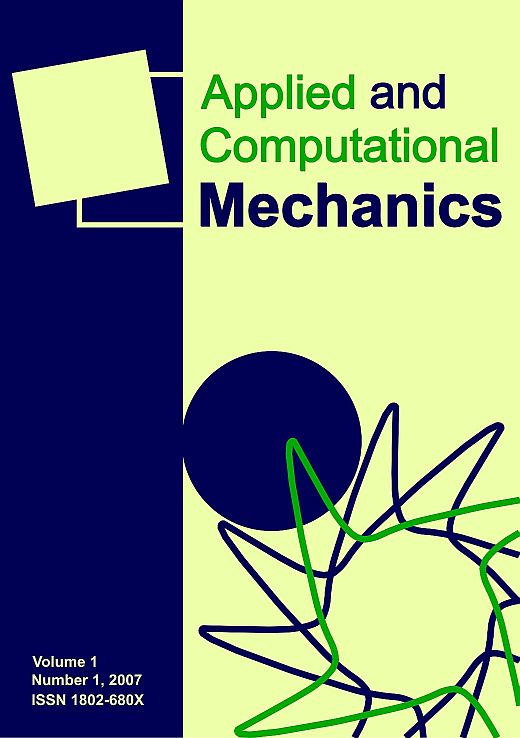Optimization methodology for beam gauges of the bus body for weight reduction
Keywords:
bus body, gauge optimization, weight reduction, linear static analysis, stiffness, vibration analysisAbstract
During service, a bus is subjected to various loads that cause stresses, vibrations and noise in the different components of its structure. It requires appropriate strength, stiffness and fatigue properties of the components to be able to stand these loads. Besides, quality and optimum weight of the vehicle, for efficient energy consumption, safety and provision of the comfort to the user are highly desired. The present work proposes a methodology to minimize the bus weight by modifying its beam gauges to optimum thickness. The bus performance is evaluated by multiple iterations on the basis of parameters like frequency, distortion, stress and stiffness. The algorithm performs gauge optimization of the bus by analyzing and satisfying its structural strength through linear static analysis on a laden bus. It also performs structural stiffness analysis and vibration analysis for safety of the bus structure. This work unfolds an integrated methodology to the bus manufacturers to optimize the structural weight for improving the fuel efficiency, static and dynamic safety, and robust design. The work is implemented by creating a finite element model of the bus and optimizing in HyperWorks environment. The results are verified for a full length 11 m, 65 seats bus. The methodology helps in weight reduction along with improvement in performance parameters.Downloads
Published
30-Jun-2014
Issue
Section
Articles
License
Copyright (c) 2016 Applied and Computational Mechanics

This work is licensed under a Creative Commons Attribution 4.0 International License.
How to Cite
[1]
R. Jain, P. Tandon, and M. Vasantha Kumar, “Optimization methodology for beam gauges of the bus body for weight reduction”, APPL COMPUT MECH, vol. 8, no. 1, Jun. 2014, Accessed: Dec. 25, 2025. [Online]. Available: https://acm.kme.zcu.cz//article/view/229







